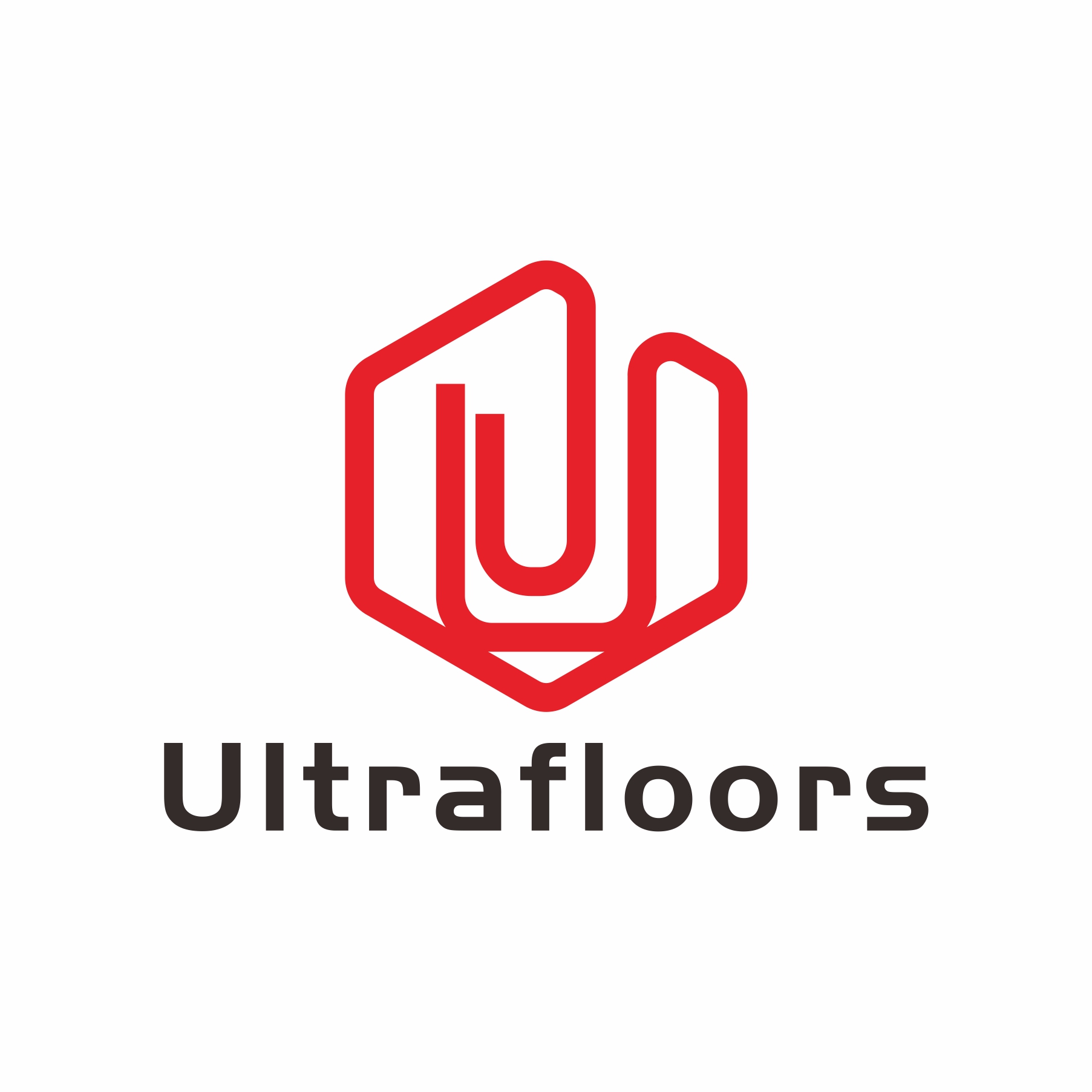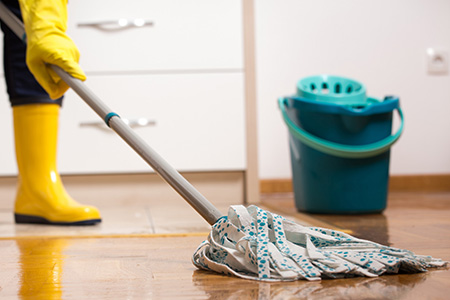How to clean timber flooring
Don’t overlook the importance of keeping your timber flooring clean – its essential in enhancing their appeal and durability as well as maintaining a healthy home environment. Start by sweeping away any loose debris with a dry mop or vacuum since this prevents dirt from settling into your flooring during cleaning time.
After that you can proceed with using a damp mop or cloth to clear off remaining grime off your wooden floors. When it comes to picking out an appropriate cleaner for timber flooring there are several options at hand: warm water mixed with distilled white vinegar (1/2 cup per gallon) serves well for light dirt buildup while heavy acting stains require commercial wood floor cleaners made explicitly for these surfaces. Before applying any cleaner though remember to check instructions- some products may ruin particular types of wood leading to costly repairs.
When selecting a cleaning solution ensure that you wring out your mop or cloth completely; this guarantees that they remain damp instead of wetting everything around them. Mop one corner of the room first and continue with overlapping strokes until all sections are included in this process. After finishing up with mop cleaning take a dry towel and wipe off excess moisture from surfaces gently. Consistent maintenance can help keep wooden flooring looking elegant for many years! You won’t need costly equipment or high end cleaners if you follow these easy steps.
Understanding Timber Floor Finishes
Selecting from the various options provided when it comes down to finishing timber floors can indeed become overwhelming if you do not recognize each finishs distinguishing factors thoroughly. Different types of floor finishes affect the hardwood floorings appearance and texture differently so making the right decision is vital. For instance water based polyurethane is an increasingly favored option that comes with several perks.
It is easy to apply and tough enough to bear heavy foot traffic. With its quick drying feature waiting time before walking on your newly coated floor reduces significantly. Conversely oil based finish polyurethane has a classic look that brings out its amber accent effortlessly but takes more time to dry than water based finish options. Lastly, moisture cured urethanes are available for more exceptional protection against moisture damage while producing a shiny finish. For stunning hardwood flooring with a wax finish option consistent maintenance is key. Before choosing a cleaning approach its crucial to know the exact type of finish on your timber floor.
Using wood floor vacuum cleaners tailored to water based finishes will keep those kinds of timber floorboard surfaces looking great while using oils specialized for these types of surfaces will do the same on oil based finished flooring. To preserve shine and lustre in waxed floors its important to use specialised cleaners formulated exclusively for them along with routine buffing and polishing.
Regular Cleaning Practices
Maintaining a healthy living/working space is essential through regular cleaning practices that require attention to detail. First things first- clear away loose dirt & debris with sweeping/vacuuming techniques which prevent accumulation of particles like dust/dirt on various surfaces around you! Take care when it comes down specifically towards timber flooring by using microfiber mops/soft damp cloths – they’re designed keeping in mind their ability to pick up dirt and debris effectively. With a range of cleaning solutions available including all purpose cleaners, disinfectants or plain water – these mops provide versatility like no other! However its important to follow manufacturer instructions when using any cleaner/disinfectant while taking proper safety precautions such as wearing gloves or goggles when handling chemicals.
Make sure all surfaces are completely dry before allowing people back into the area.
Avoiding Excessive Moisture
When it comes to maintaining timber flooring preventing excessive moisture buildup is vital because it leads to problems like damage or warping over time. Therefore its essential you take measures that lower moisture levels inside your home. For instance you may use a damp mop instead of soaking the wooden floor during cleaning sessions which minimizes seepage into the hardwood floor thus lessening risk of long term harm. If spills occur wipe them up immediately with absorbent material like towels before they have an opportunity to penetrate deep into the wood. The key here is identifying sources of water evaporation around humidifiers ,cooking and bathing.
Make sure you monitor them closely especially how often they are used. Installing exhaust fans in bathrooms and kitchens could be another way out since these rooms tend to have high humidity levels at times. On another note a dehumidifier can be purchased as an affordable alternative to reducing condensation in your home. As part of your strategy you can weatherstrip around doors and windows so that airtight seals are formed maintaining ideal temperatures inside while promoting air circulation through regularly opening doors and windows.
With so much potential for excess moisture build-up inside our homes over time impacting timber floors negatively by causing damage or warping issues is always on the cards. However adopting some smart strategies can make all the difference when it comes protecting them from all sorts of harm! These could include reducing water usage during cleaning sessionsby using damp mops instead of soaking the wood flooring,a speedy clean-up when spills occur can also help curb further damage.Be mindful too about sources of moisture when cooking,bathing etc,and steer their impact away from timber floors in every possible way.Replace airflow with exhaust fans in high-moisture areas, buy a dehumidifier when and if necessary for additional support.Close air-leaks around doors and windows using weatherstripping and keep an eye on proper ventilation with regular opening of doors and windows.


